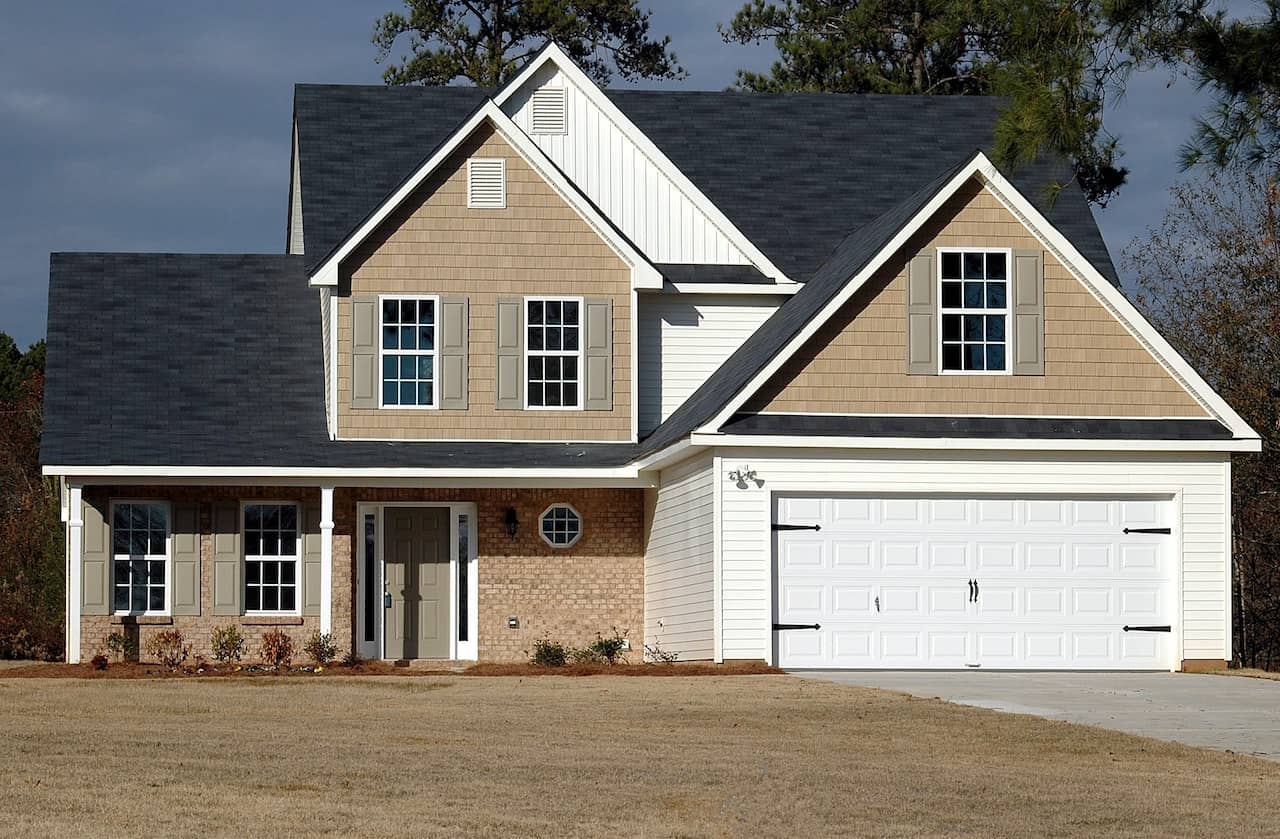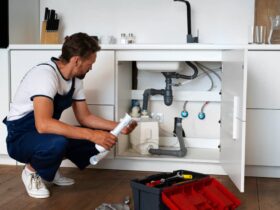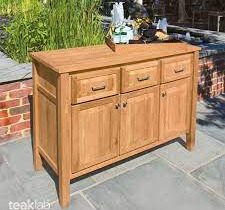How long have you been meaning to fix that faucet leak you just can’t seem to get to? A few drops of water from one faucet may not seem much to you, but imagine a few drops in a million homes. Average household leaks in the US lead to wastage of as much as one trillion gallons of water every year. Even worse, about 10% of American homes lose about 90 gallons of water through leaking pipes every day. You may not know this, but fixing those meager leaks can save you as much as 10% of your water bills. Besides, even the smallest leak if undetected can cause serious damage to your home and properties. Structural damage is especially quite expensive to fix.
But what if you can’t see those leaks? How do you know whether you have leaking pipes in your home? In this guide, we’ll highlight some of the most important telltale signs that you may have a plumbing leak in your home.
-
Skyrocketing Water Bills
Sometimes you can explain a hiked water bill, like when you fill the pool, leave sprinklers on, or during summer when you water your lawn regularly. But if your water bill is skyrocketing for no apparent reason, there’s a high chance you have leaking pipes.
It may be gradual, and you may have noticed that every month, the water bills have risen, or you may get one large bill unexpectedly. Either way, if you can’t pinpoint where all the water went, then you need to start looking for those leaking pipes. Failure to get it fixed means you’ll have to contend with high water bills moving forward.
You’ll also start contending with damages to your walls, ceiling, carpets, or any other part of your home that’s connected to that water leak.
There’s one sure way of telling whether you have leaking pipes in your home. Start by closing all water outlets and monitoring whether the meter dial continues to run without any flow. If the meter is still running, then you have a leak somewhere in your home.
-
You Have Weak Water Flows in Your Home
Low pressure or low stream of water is often an issue with the distribution of water in your home, and an indication of leaking pipes. It could be an issue with your faucet aerator, but this would be the case if you’re dealing with low pressure in one location.
However, low pressure in multiple locations is almost always a sign of a bigger problem, like leaking pipes. It’s important for you to take action and have a professional take a look, as it could be you’re losing water through pipe leaks.
During winter months, you may also experience low water pressure or no water at all, which could mean frozen pipes. If you detect you may have this issue, check out this guide from PNW Restoration so you can fix it before they cause havoc in your home.
-
Sewer Odor
A general rule of thumb when it comes to plumbing is that every drain must have a trap, and every trap must have a vent. The purpose of these traps and vents is to prevent sewer gas and odors from entering your home. The vents in your home are designed to direct sewer odor up the roof, and sewer traps are created with water plugs that act as barriers that prevent sewer odors from seeping through the sink drains.
However, if you can smell sewer gas in your home, it means that a vent pipe is cracked or one of the traps has run dry. A dry trap is not much of a problem as a cracked vent line because it means you have a leak that you need to locate. Most vent lines are located within walls, and you may need to call in a professional plumbing contractor to investigate and fix them.
-
Musty Odors and Visible Mold or Mildew
Most often than not, funky smells are almost always a result of mold or mildew. If you have pets, it may be hard to detect it, especially because people get used to odors in their homes due to nose blindness, but you should not ignore the musty odors of mold or mildew.
Mold can grow virtually anywhere from the ceiling to walls, vents, upholstery, carpets, and any areas prone to moisture. If water pools in one place for a while, it’ll start to produce a bad smell, and once mold starts to grow, it gets out of hand quite fast. Mold and mildew can be very dangerous, not just to your home, but to you and your family members as well.
When it gets to the point where it’s visible, it could be any color, from black to green, and it’s quite hard to miss. In this case, you need to hire plumbing contractors to fix the leaks and specialists to get rid of the mold.
-
Your Carpets and Floors Are Soggy
If you notice an area of your home with wet spots, soggy carpets, or a sagging floor. You may be dealing with leaking pipes. If you have a slab floor in your home, the water and drain pipes are likely to be running through or under the slab. One of those pipes starts to leak, the concrete will wick all that water and deposit it on the floor surface.
If not caught in time, this water will lead to extensive floor and structural damage, or mold and mildew. You may also find wet spots and puddles of water outside your home, and unless it has been raining, you undoubtedly have leaking pipes.
-
Stained or Damaged Ceilings, Walls, or Floors
Stains and damages to walls, ceiling, and floors may be subtle at first. You may have noticed that dingy looking spot on your ceiling that you always see and disregard when you look up. The thing is, stains on these areas, regardless of how small they are, always mean there’s something else going on behind the surface.
If the pipes leaking in your home are not fixed, the stains start to expand, and it could lead to significant damage. Your ceiling may start to sag, and at some point, it may even collapse, especially if the pipes are leaking a significant amount of water. Floorboards may also start to creak, and the walls may feel soggy.
-
Foundation Cracks
Naturally, a newly built home will settle after a while, which may lead to hairline cracks on the foundation. However, if you notice a sudden foundation crack, it may be the result of a water leak that’s finally getting to it. When a foundation sinks, it affects the rest of the structure, including doors, windows, floors, and walls.
Get Those Leaking Pipes Fixed Today
If you have noticed any of these signs in your home, then you most likely have leaking pipes. The bigger problem is that even the smallest leaks could lead to major structural damages that will cost you thousands of dollars to fix. The best course of action is to call professional plumbing contractors to your home.
They will evaluate the issue, find the pipes leaking in your home, and fix the problem completely. For more informative content, please check out our website, where we have more on issues that could be affecting your home.















Leave a Reply